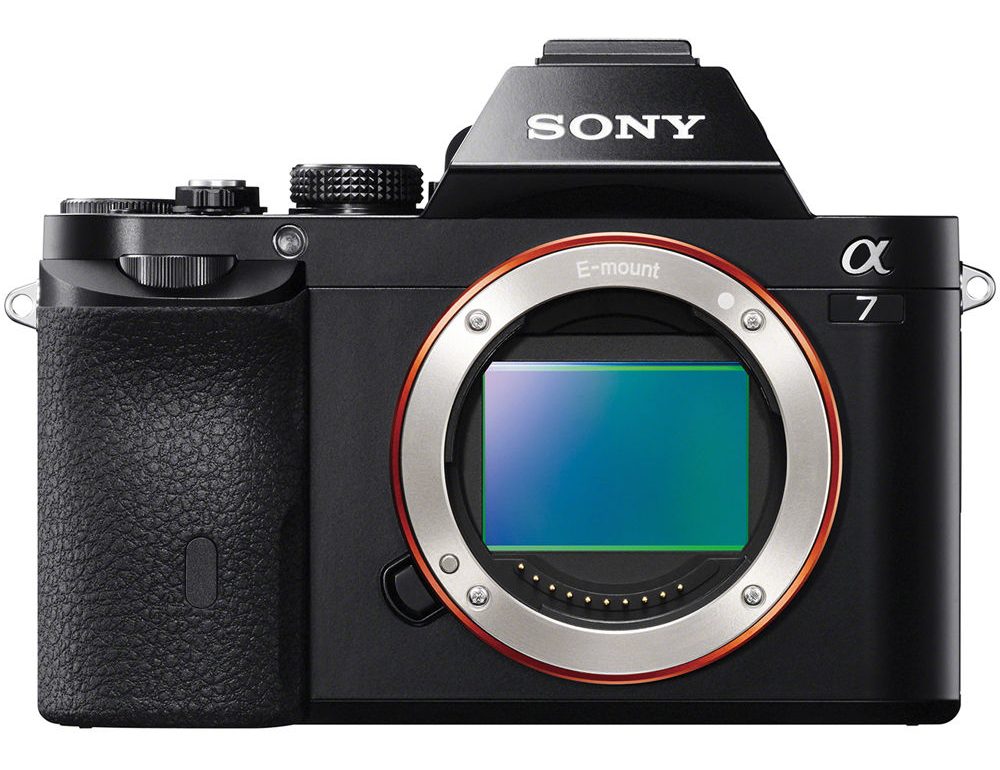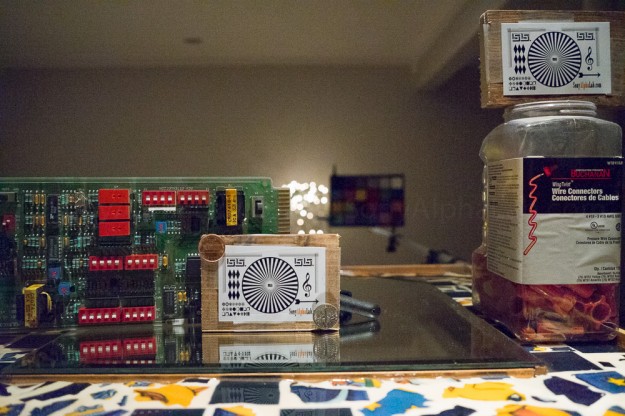In this article I will show you how the Sony A7 Vs Sony Nex-6 compare in the Lab using Raw Quality and ISO 100-25600. I used the kit lenses on both cameras for this test and used custom white balance to take the color cast issues out of the equation. I also used f/5.6 on both cameras from the same exact tri-pod location via my quick re-lease plate.
What you see is what you get. No adjustments at all were made to these files in Lightroom 5.3. I exported them with the same exact settings as I always use for raw files. 70% quality and ~1000px in size for the 100% crops.
I’m honestly not that surprised at the results based off the jpegs we saw the other day. Clearly the jpegs are way over processed to death at the super high iso settings, but you could still see the better color and overall detail retention of the Full Frame Sony A7 was better. The Nex-6 is really not that far behind though in performance, but the auto wb and color shift was noticeable.
Now lets check out the raw quality files and see what the deal really is 😉
Sony A7 VS Sony Nex-6 – Raw Quality ISO Test
Here is the full scene @ ISO 25600 first, then the 100% crops below that.
Sony A7 @ ISO 25600 @ f/5.6
Sony Nex-6 @ ISO 25600 @ f/5.6
| Sony A7 @ w/ ~1000px crop | Sony Nex-6 @ w/ ~1000px crop |
| ISO 100 | |
 | 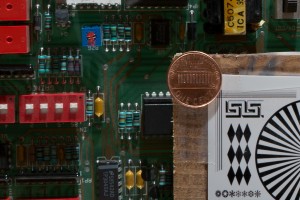 |
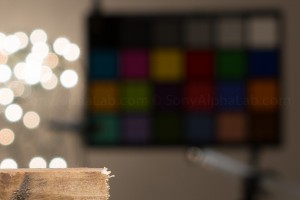 | 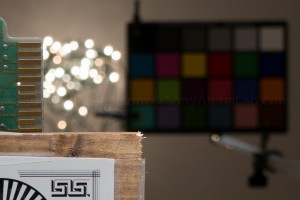 |
| ISO 200 | |
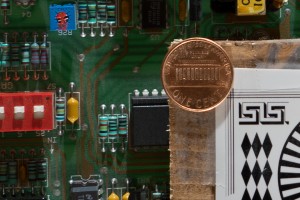 |  |
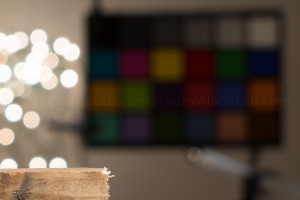 |  |
| ISO 400 | |
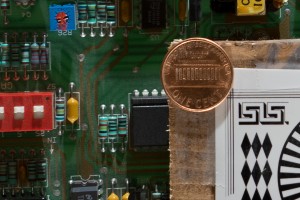 | 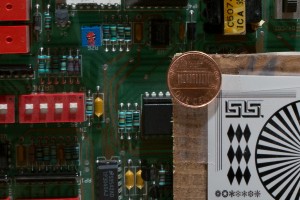 |
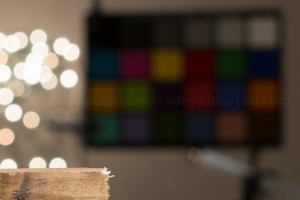 | 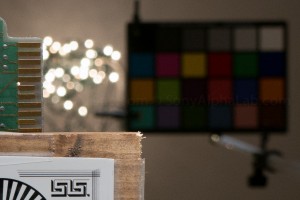 |
| ISO 800 | |
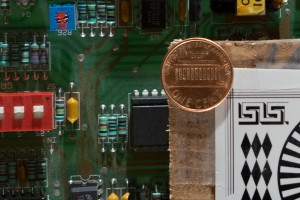 |  |
 |  |
| ISO 1600 | |
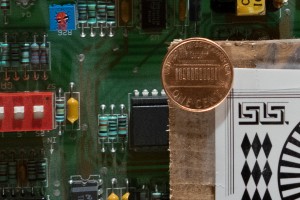 | 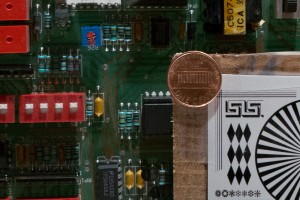 |
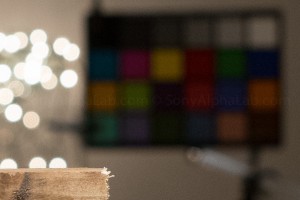 |  |
| ISO 3200 | |
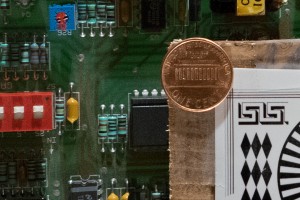 | 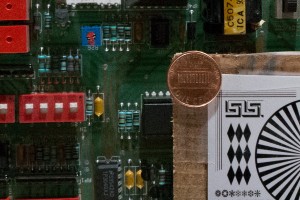 |
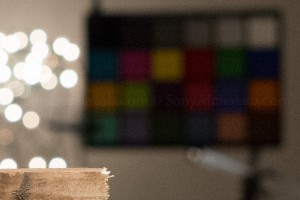 |  |
| ISO 6400 | |
 | 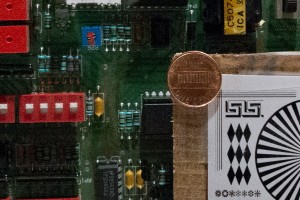 |
 | 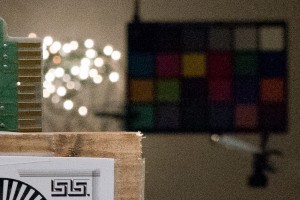 |
| ISO 12800 | |
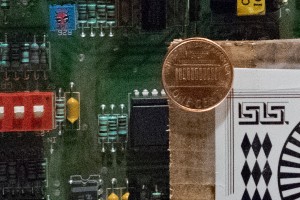 | 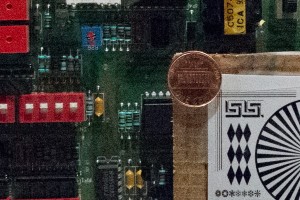 |
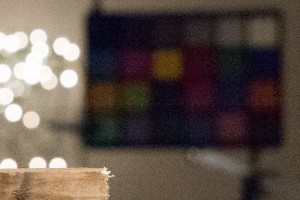 | 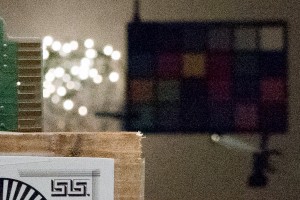 |
| ISO 25600 | |
 | 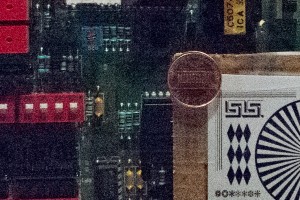 |
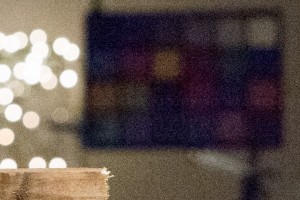 |  |
| ISO 25600 100% Crop of Coin | |
 |  |
Closing Remarks:
As you can see from these wb calibrated raw files that the Sony A7 performs better in the High ISO department. Not only because of the increased resolution, but even on a per pixel bases it does a significantly better job in my opinion. ISO 12800 is really the threshold of usable, and then ISO 25600 really goes to crap fast. Same for the Nex-6 pretty much.
Overall I must say the High ISO performance of both cameras is outstanding in the end, and one of the reasons I got my Nex-6 in the first place 😉
Thanks again for checking in and please feel free to comment, ask questions, or submit requests. More to come asap!
Jay
New Full Frame Sony A7 and A7r Gear Links:
- All the New Sony Camera Gear @ BHPhoto | Amazon
- Sony A7r (body Only) $2298 @ BHPhoto | Amazon | Ebay
- In Stock – Sony A7 (Body Only) – $1,698 BHPhoto | Amazon | Ebay
- In Stock – Sony A7 w/ 28-70mm lens – $1,998 @ BHPhoto | Amazon | Ebay
- Sony FE 24-70mm F4 ZA OSS Lens – $1,198 @ BHPhoto | Amazon
- Sony FE 35mm F2.8 ZA Lens – $798 @ BHPhoto | Amazon
- Sony FE 55mm F1.8 ZA Lens – $998 @ BHPhoto | Amazon
- Sony A7 and A7r Vertical Battery Grip – $298 @ BHPhoto | Amazon | Ebay
- Sony A-Mount to E-Mount Lens Adapter (LAEA3) $198 @ BHPhoto | Amazon
- Sony A-Mount to E-Mount Lens Adapter with Translucent Mirror Technology (LAEA4) $348 @ BHPhoto | Amazon
- Sony Cyber-shot DSC-RX10 Digital Camera $1,298 @ BHPhoto | Amazon
- Sony W Series Battery Charger – $48 BHPhoto | Amazon |

